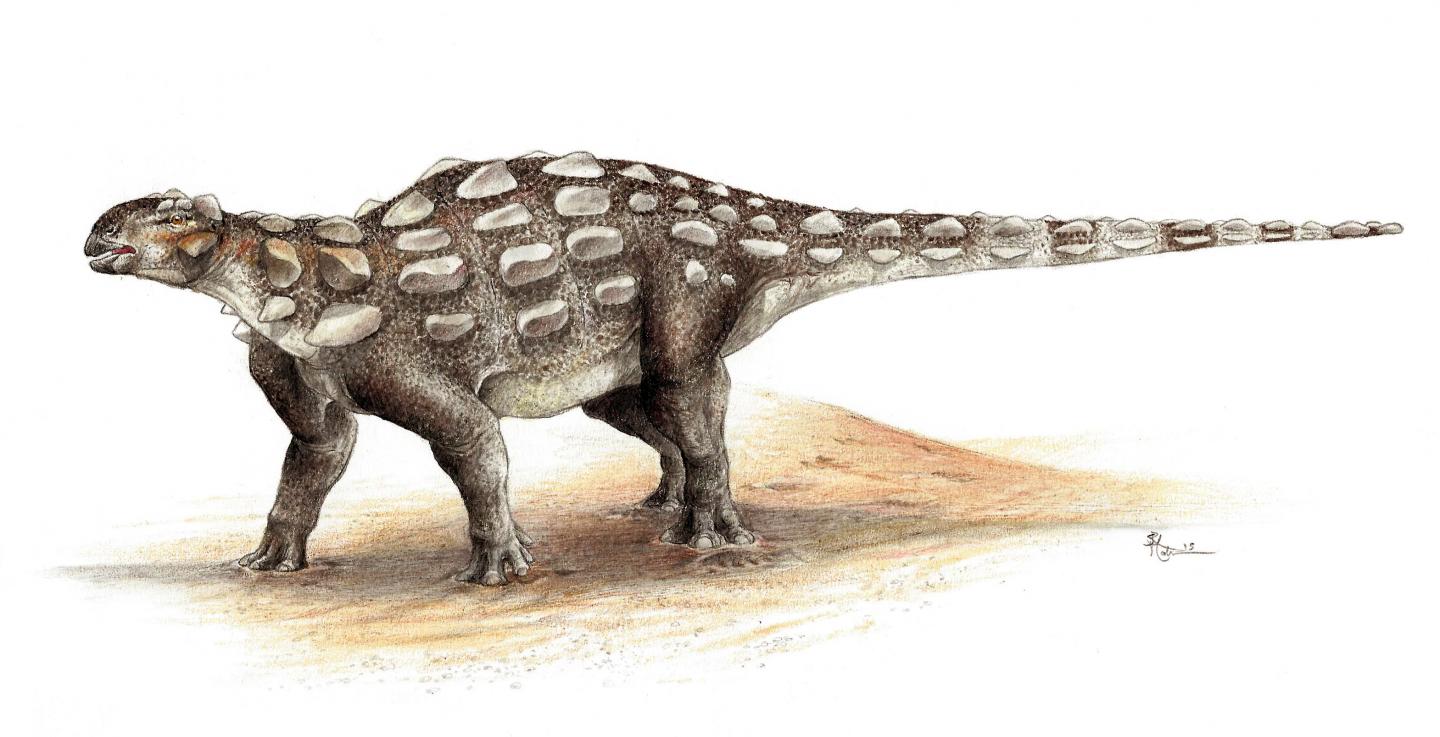Scientists discover new dinosaur species with ‘bizarre’ spiky armour
Spikes in this ankylosaur is peculiar since it is fused to the rib bones and not growing out from skin

Your support helps us to tell the story
From reproductive rights to climate change to Big Tech, The Independent is on the ground when the story is developing. Whether it's investigating the financials of Elon Musk's pro-Trump PAC or producing our latest documentary, 'The A Word', which shines a light on the American women fighting for reproductive rights, we know how important it is to parse out the facts from the messaging.
At such a critical moment in US history, we need reporters on the ground. Your donation allows us to keep sending journalists to speak to both sides of the story.
The Independent is trusted by Americans across the entire political spectrum. And unlike many other quality news outlets, we choose not to lock Americans out of our reporting and analysis with paywalls. We believe quality journalism should be available to everyone, paid for by those who can afford it.
Your support makes all the difference.Scientists have discovered a new species of dinosaur with “bizarre” bony spikes projecting from its ribs, an advance they say will fill an “important gap in evolution.”
The new species named Spicomellus afer is the oldest of a group of dinosaurs called ankylosaurs – known for the extraordinary bony armour – and the first of its kind to be discovered in the African continent, according to the researchers, including Susannah CR Maidment from the National History Museum in the UK.
The spiky ribs seen in the dinosaur which lived about 160 million years ago is also a “bizarre” feature that is not seen in any other vertebrate species living or extinct, says the study, published in the journal Nature Ecology and Evolution.
“The specimen consists of a rib with spiked dermal armour fused to its dorsal surface, an unprecedented morphology among extinct and extant vertebrates,” the scientists wrote in the study.
While fossils of armoured, herbivorous dinosaurs, such as the famous Stegosaurus, have been widely uncovered from the northern continents, the researchers say this is the first time the remains of one have been found from Africa.
Over the years, several armoured dinosaurs have been unearthed, some with rows of bony plates embedded into their skin, and those which grew spikes from these bony plates, and others with a large bony club at the end of their tails.
However, the newly discovered dinosaur stands out.
Palaeontologists say the protective spikes in this ankylosaur is particularly peculiar since the feature, which would have lined the sides of this animal, are actually fused to the rib bones themselves.
In the research, the scientists analysed histologically sections of the fossil by making thin sections of parts of the remains.
They found that the bone structure in the spiky parts had a signature only seen in ankylosaurs from this period.
“When we got the fossil, we thought it was probably part of a stegosaur because we’d found a stegosaur at the site from which it originates. But we just don’t see stegosaurs with this sort of armour,” Dr Maidment explained.
Since the fossil is in fragments, the scientists say it is impossible currently to tell how this mighty beast looked like and how the spikes became fused to the bone.
The researchers hope further excavations in Morocco could unravel more details, including whether this ankylosaur species was just a one-off or early experimentation in the course of armour evolution in dinosaurs.
Join our commenting forum
Join thought-provoking conversations, follow other Independent readers and see their replies
Comments